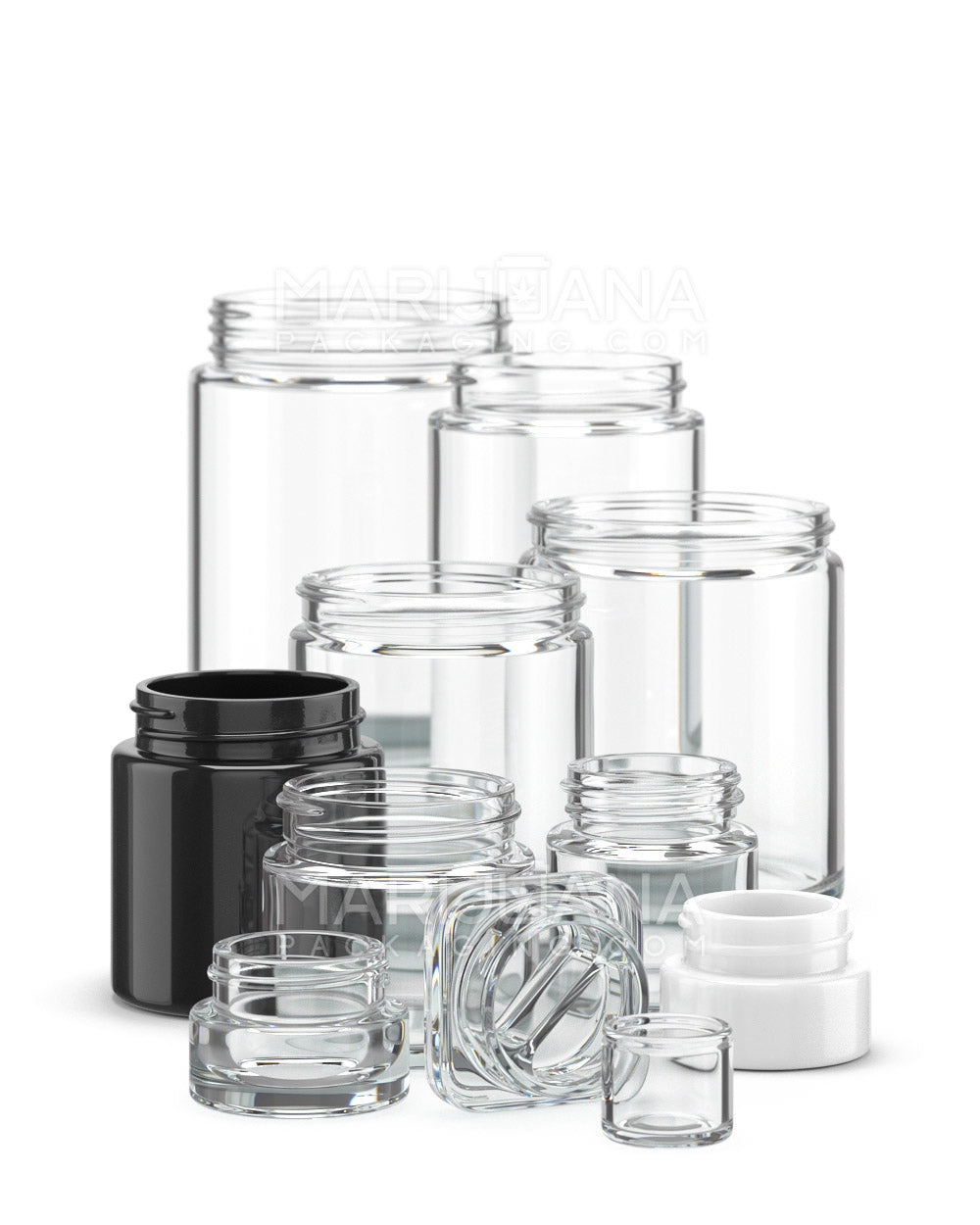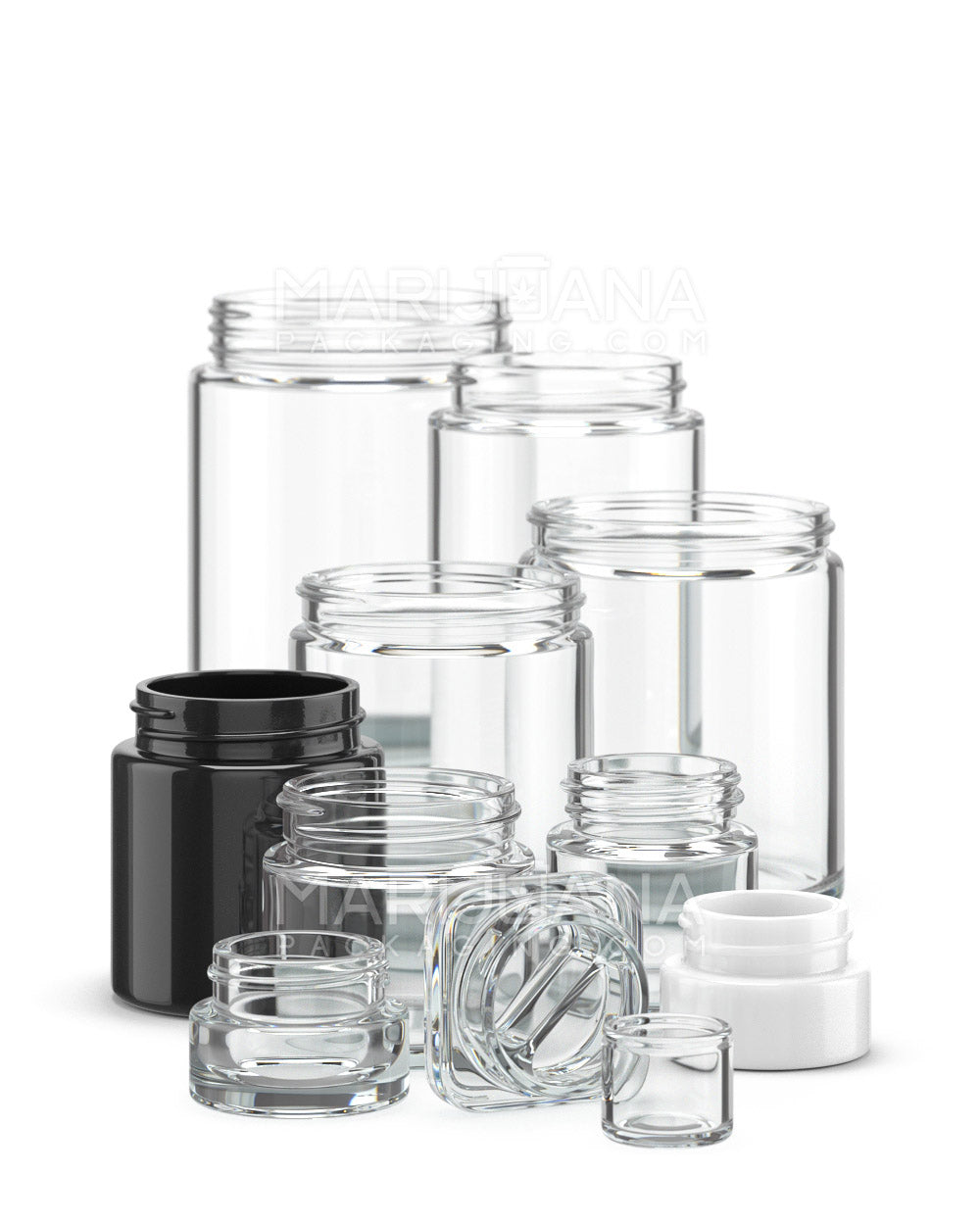Marijuana has become a mainstream topic across many parts of the United States, from dinner table conversations to major legislative moves. With the evolving legal landscape, many are curious about just how accessible marijuana has become. Whether you're new to the topic or a seasoned enthusiast, the availability of marijuana today is a fascinating subject.
In this article, we'll explore various aspects that influence marijuana's availability, including legal considerations, market trends, and consumer choices. By the end, you'll have a clearer understanding of where marijuana stands in terms of accessibility in the U.S.
Marijuana Legalization: A State-by-State Overview
The legality of marijuana varies widely across the U.S., and understanding this patchwork of laws is crucial to grasping its availability. As of 2023, some states have fully embraced recreational use, while others remain more conservative, allowing only medical use or none at all.
States like Colorado and California have been at the forefront of legalization, offering both medical and recreational cannabis to adults over 21. These states have established a robust market, with dispensaries easily accessible in many cities. On the other hand, states such as Texas and Idaho have much stricter regulations, with marijuana largely prohibited except for limited medical use.
In between these extremes are states like New York and Illinois, which have legalized recreational use recently and are rapidly developing their markets. These differences mean that the availability of marijuana can change dramatically from one state to another. It's essential to stay informed about local laws when considering marijuana use or business opportunities.
The Impact of Federal Laws on Marijuana Availability
While state laws play a significant role, federal regulations also impact marijuana's availability. Despite many states moving towards legalization, marijuana remains illegal under federal law. This creates a complex dynamic, especially concerning banking and interstate commerce.
For instance, marijuana businesses often struggle to access traditional banking services since federal laws prohibit banks from handling funds related to cannabis. This can limit the growth and availability of marijuana businesses, as they rely heavily on cash transactions.
Moreover, the federal prohibition restricts the transportation of marijuana across state lines, even between states where it is legal. This means each state's market operates independently, affecting pricing and product variety. Federal legalization discussions continue, and any changes could significantly alter marijuana's accessibility nationwide.
Types of Marijuana Products Available
Gone are the days when marijuana was only available as dried flower. Today's consumers can choose from a wide range of products, each catering to different preferences and needs.
Here are some popular options:
- Edibles: These include gummies, chocolates, and baked goods infused with THC or CBD, providing an alternative to smoking. They offer a discreet and easy way to consume marijuana but often take longer to produce effects.
- Concentrates: Products like wax, shatter, and oils offer a potent dose of cannabinoids. They are often used in vaporizers or dabbing rigs and provide a quick, intense experience.
- Tinctures: These liquid extracts can be taken sublingually (under the tongue) or added to food and drinks. They offer a precise dosing option and are popular for their ease of use.
- Topicals: Creams, balms, and lotions infused with cannabis are used for localized relief of pain or inflammation without the psychoactive effects.
The variety of products contributes to marijuana's growing appeal, making it accessible to a wider audience with different consumption preferences.
The Role of Dispensaries in Marijuana Availability
Dispensaries serve as the primary point of access for marijuana consumers, and their presence significantly influences availability. These establishments not only provide products but also educate consumers on safe and effective use.
Recreational dispensaries are prevalent in states where marijuana is fully legal, offering a wide range of products to adult consumers. Medical dispensaries, on the other hand, cater to patients with specific health conditions, often requiring a doctor's recommendation to purchase.
Dispensaries also play a role in community outreach, helping to destigmatize marijuana use and promote responsible consumption. The number and distribution of dispensaries can vary widely, even within states where marijuana is legal, affecting how easily consumers can access products.
Online Sales and Delivery Services
The digital age has ushered in new ways to purchase marijuana, with online sales and delivery services becoming increasingly popular. This trend has been accelerated by the COVID-19 pandemic, which saw many consumers opting for contactless transactions.
In states where it is legal, consumers can browse online menus from local dispensaries, place orders, and have products delivered to their doorstep. This convenience has made marijuana more accessible, especially for those with mobility issues or living in remote areas.
However, online sales are subject to strict regulations, and consumers must verify their age and identity. While this model is not yet available nationwide, its growth reflects the broader acceptance of marijuana and the demand for convenient purchasing options.
Challenges Facing Marijuana Availability
Despite its growing acceptance, marijuana's availability is not without challenges. Regulatory hurdles, social stigma, and supply chain issues can all impact how easily consumers can access marijuana.
Regulatory frameworks vary by state, and navigating these can be complex for businesses. This can lead to delays in opening new dispensaries or launching new products, ultimately affecting availability.
Social stigma, while decreasing, still exists in many areas and can deter potential consumers from exploring marijuana. Education and public outreach are vital in addressing misconceptions and promoting responsible use.
Supply chain issues, such as shortages of certain products or fluctuating prices, can also affect availability. These challenges require coordination between growers, manufacturers, and retailers to ensure a steady supply of high-quality products.
Consumer Demand and Market Trends
Consumer demand for marijuana continues to grow, driven by both recreational and medical users. As more states legalize marijuana, the market expands, offering new opportunities and challenges.
Recreational use is particularly popular among younger adults, who often seek new experiences and products. This has driven innovation, with companies developing unique offerings to capture consumer interest.
Medical marijuana remains a significant part of the market, with patients seeking relief from conditions like chronic pain, anxiety, and epilepsy. The availability of medical marijuana products can vary based on state regulations and patient needs.
Market trends also show a growing interest in sustainable and organic products, reflecting broader consumer preferences for environmentally-friendly options. These trends suggest that marijuana's availability will continue to evolve, shaped by consumer preferences and regulatory changes.
The Economic Impact of Marijuana
Marijuana's availability is closely linked to its economic impact, both at the local and national levels. The cannabis industry has become a significant economic driver in states where it is legal, contributing to job creation, tax revenue, and business growth.
Legalization has led to a surge in new businesses, from dispensaries to cultivation facilities, creating jobs and supporting local economies. Tax revenue generated from marijuana sales can fund public services, infrastructure projects, and education programs.
However, the economic impact also includes challenges such as regulatory compliance costs and market saturation. Businesses must navigate these issues to remain competitive and ensure continued availability of products.
Final Thoughts
As we've seen, the availability of marijuana in the United States is shaped by a complex mix of legal, economic, and social factors. From state laws to consumer preferences, each element plays a part in determining how accessible marijuana is today.
For businesses and consumers alike, understanding these dynamics can help navigate the evolving cannabis landscape. If you're looking for packaging solutions to make your brand stand out in this ever-changing market, consider Gamut. With over a decade of expertise, Gamut provides a wide range of packaging options, from stock to custom designs, tailored to the cannabis industry. Their full-scale services cover everything from design to delivery, ensuring your products not only meet industry standards but also capture consumer attention.



















